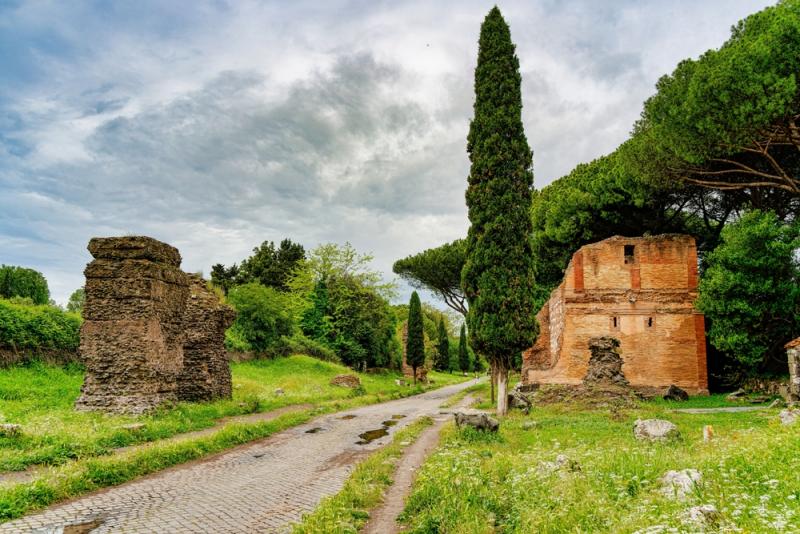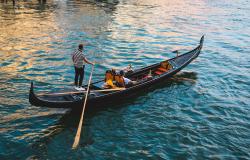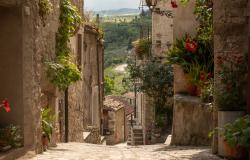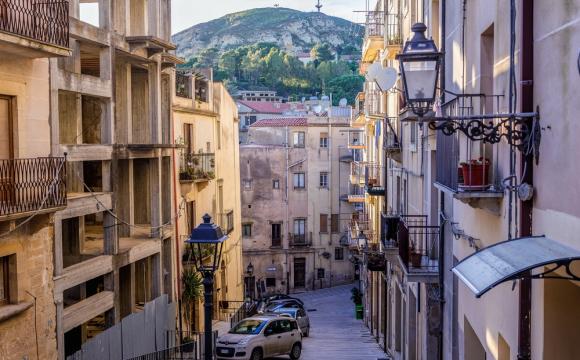Via Appia is a 2,300-year-old autostrada.
Its innovation was unmatched in ancient Rome, and it opened up the gateway to migration and commerce. The road was recently recognized in the modern day for this feat, by UNESCO, as the first constructed thoroughfare to be included on its World Heritage List.
The “queen of long-distance roads" as Horace and Statius wrote, received a bid in 2006 to receive UNESCO World Heritage Site status and has been waiting ever since. But that status changed July 31 when a committee inducted new sites to its list during its 46th session in New Delhi.
To be on the list, on which 60 items are currently recognized in Italy, the site must be “of outstanding universal value” and meet at least one of 10 selection criteria. Those characteristics include: “represent a masterpiece of human creative genius,” “bear a unique or at least exceptional testimony to a cultural tradition or to a civilization which is living or which has disappeared” and “be an outstanding example of a type of building, architectural or technological ensemble or landscape which illustrates (a) significant stage(s) in human history.”
The UNESCO committee recognized the ancient 540-km (365-mile) highway for the role it played in the expansion of the Empire and how it demonstrated the advanced technical skills of Roman engineers.
Via Appia: La strada più percorsa
Italy’s first highway is named for its architect, Appius Claudius Caecus, and his engineering marvel ensured a swift and direct link between Rome and the southern city Capua. Extended several times, the road’s endpoint became Brindisi — an important port for ships bound for Greece and further East.
From chariots to cyclists
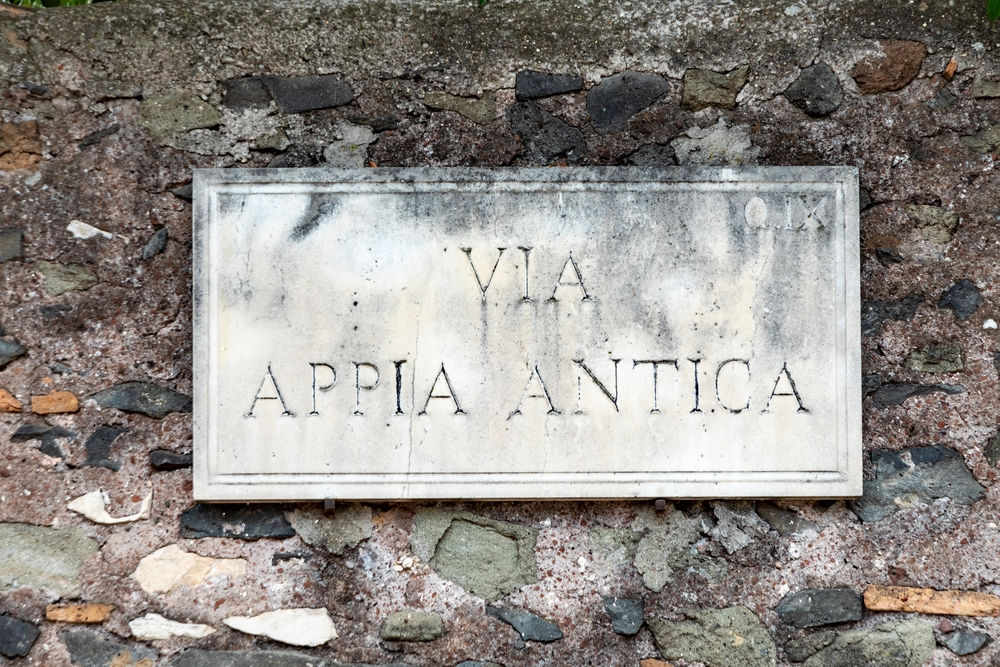
Beyond Rome’s city limits, the well-preserved corso crossed swamps and mountains and traversed bridges, viaducts, and tunnels. Playing a key role in the expansion of the Empire, the path was as innovative as it was revolutionary — it was constructed as a toll-free public entry point connecting the city with the countryside.
Today, the bumpy boulevard is also part of the Parco Regionale dell’Appia Antica, one of Europe’s largest public parks. Lined with tombs, catacombs, mausoleums, gates, and fortresses, it’s a path for cyclers, hikers, and the occasional goat herd.
If selected, Via Appia will join Da Vinci's Last Supper (1980), Venice and its Lagoon (1987), and Assisi’s Basilica of Saint Francis (2000) among others on the list. The benefits of UNESCO recognition include increased global awareness and the opportunity for an organization to apply for financial assistance to preserve the site. A status change also tends to lead to an uptick in tourism.
For Via Appia, recognition on the list will likely lead to funding to restore the road and recover hidden sections that are currently buried under buildings or eons of rubble.
Here are a few items currently awaiting a UNESCO World Heritage Site decision:
Carrara Marble Basin

Carrara in northwest Tuscany is one of the few places in the world with natural white marble. Its quarries, among the most active globally, yield approximately one billion tons of stone per year. The foothills of the Apuan Alps were a source of marble production as early as the 1st century BCE, and during the Renaissance was the preferred source for Michelangelo and in the Neoclassical period, Canova.
Sicily’s Mothia Island
In the 7th century BCE, the Phoenician colony Mothia (Mozia) was founded in what is today a large lagoon in Stagnone in Marsala, Sicily. The colony’s sculptural gravestones and carved homes are still visible. A private foundation maintains the archaeological site which is also a nature reserve.
Orvieto
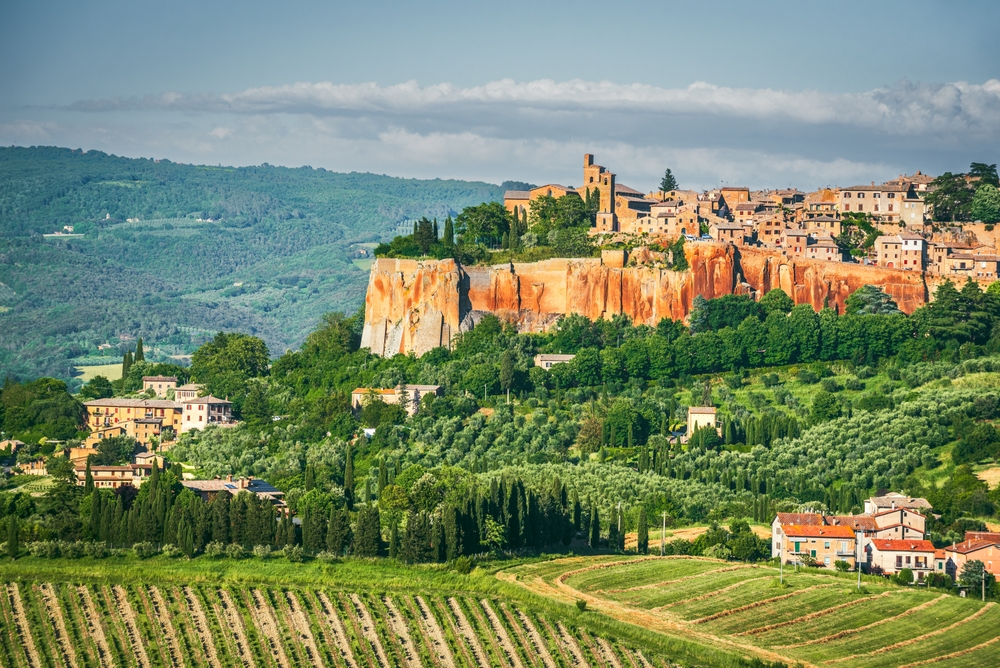
Atop a craggy tufa plateau formed by a volcanic eruption millions of years ago, the Etruscans settled in what was known as Velzna around 900 BCE. The natural fortress of the cliff buttressed the early Middle Ages political and economic powerhouse, and you can still see the elaborate civic buildings and cathedral that this wealth and status enabled.
Transhumance and tratturi
In southern Italy, shepherds’ tracks link Abruzzo, Molise, Campania, and Puglia. Called tratturi, the paths lead from mountains (where animals graze in the summer to beat the heat) to lowlands (for herds to escape the snow). This transhumance, or seasonal migration, has been in practice for centuries throughout Europe.
Search the full list of pending entries from Italy on the UNESCO World Heritage site.
